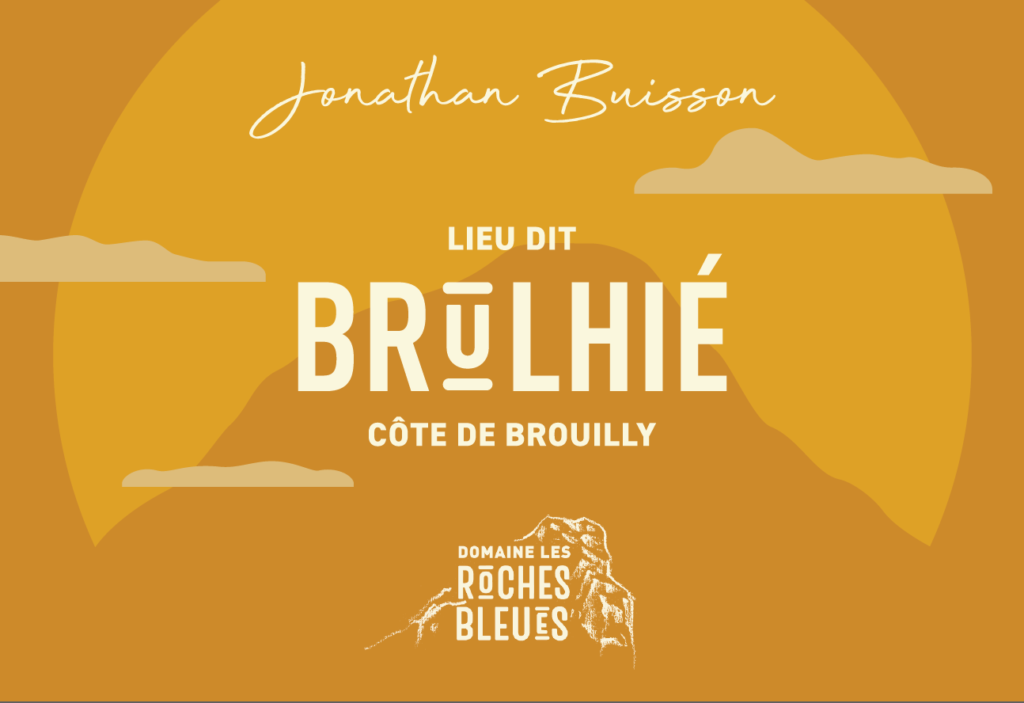Domaine Les Roches Bleues
Lieu-dit Brulhié Côte de Brouilly 2020
Domaine Les Roches Bleues Lieu-dit Brulhié Côte de Brouilly 2020
Jonathan Buisson and his wife Chloë are third-generation artisan producers in southern Beaujolais, farming ten hectares of estate gamay vines with organic and regenerative agricultural methods while incorporating agroforestry techniques. Nestled in an idyllic setting at the foot of the majestic Mont Brouilly, Domaine Les Roches Bleues enjoys exceptional growing conditions, with the famous pierre bleue (diorite, a hard, blue-hued igneous rock typical of Côte de Brouilly) giving delicious wines with incredible energy, structure, and freshness.
Brulhié is a lieu-dit of Côte de Brouilly, located on the steeply-sloped southern side of Mont Brouilly, just behind the Domaine Les Roches Bleues winery. Only three producers share this site: Domaine Les Roche Bleues, Château Thivin, and Château de La Chaize. The small parcel sits between 400 and 450 meters with an average slope of 28%, and the soil consists of pure Brouilly pierre bleue (diorite). Brulhié is a limited-production bottling of over 60-year-old, bush-trained gamay vines that are grown on a southern exposure. Jonathan says that the Brulhié lieu-dit gives wines with distinguished elegance that are full of energy.
Jonathan has planted hedges and trees bordering the vineyard to connect the vineyard with the forested cap of Mont Brouilly, located just above the vineyard, to increase biodiversity. Brulhié is powerful, with pronounced spiciness coming from the blueschist soils with savory, dark red fruits framed by firm tannins and ample acidity, and the density derived from low-yielding old vines. This wine is a sturdy Cru Beaujolais built to improve for a decade or more, if you can avoid drinking it right away.
Vinification – Whole bunches are handpicked in small crates and selected in the vineyard. 15 days of spontaneous, whole-cluster, semi-carbonic maceration is followed by a very gentle and slow pressing using a traditional old, wooden vertical press. The must is transferred into temperature-controlled cement tanks, where fermentation continues with native yeasts. After racking, the wine spends 18 months in 35hl old-French foudres before being bottled unfiltered. Only a very small amount of sulfur is used at bottling. 3000 bottles produced.


